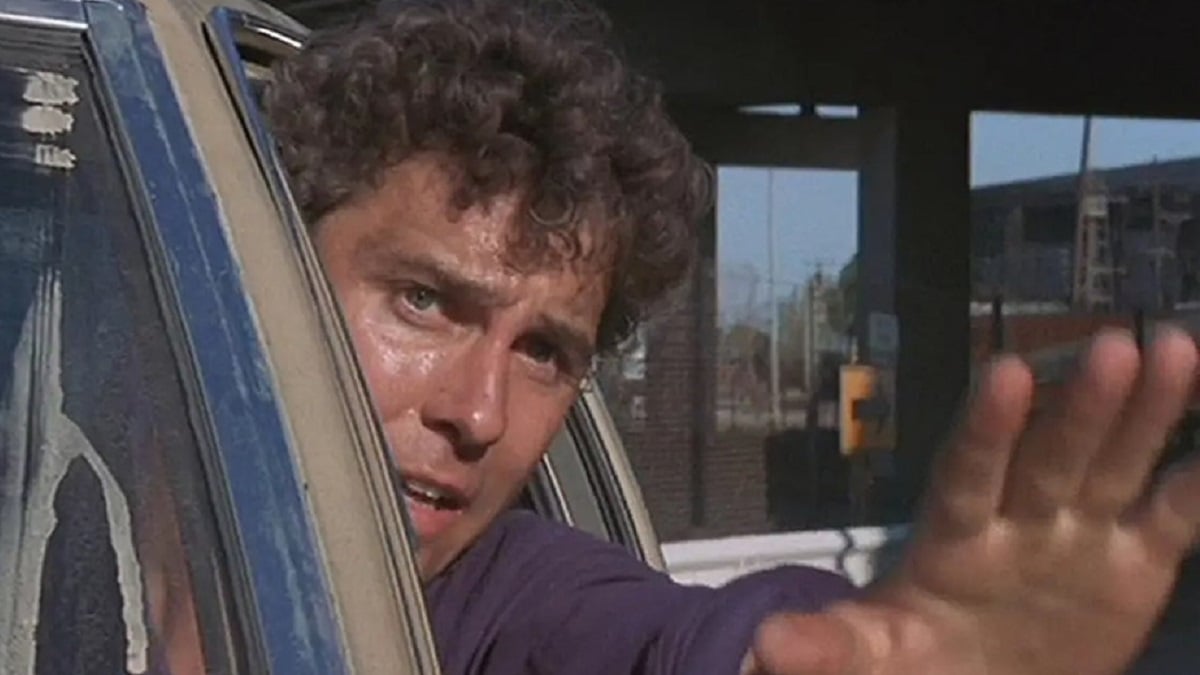With the passing earlier this week of director William Friedkin, much of the emphasis has been on his towering contribution to the horror genre – 1973’s The Exorcist. Yet Friedkin worked in a variety of genres during a career that spanned half a century, making musicals, crime dramas, thrillers, and screwball comedies.
To be sure, Friedkin directed both hits and misses, but one of his most impressive works, To Live And Die In L.A. (1985), should get more love. The story revolves around the lives of two Secret Service agents on the trail of a notorious counterfeiter in Los Angeles. Through a tangle of schemes, double-crossings, and below-board dealings, agents Richard Chance and John Vukovich close in on the counterfeiter, with Chance consumed by the need to exact revenge for the murder of his previous partner.
The cast largely consists of actors who were unknown at the time, but it is a testament to Friedkin that so many of them would go on to enjoy international stardom. William Petersen was starring in only his second feature film, a full fifteen years before he would step into Gil Grissom’s shoes in CSI: Crime Scene Investigation. Willem Dafoe was likewise a relative newcomer, with only a few supporting roles behind him prior to his work with Friedkin; the first of three Academy Award nominations for his work in Platoon would follow just two years later. In the same way, Jane Leeves (Frasier) and John Turturro (Severance, The Batman) would be catapulted to stardom in subsequent years, while Dean Stockwell’s career renaissance, which had begun months prior with Dune, continued following his brief but hard-hitting appearance in To Live And Die In L.A. with a starring role opposite Scott Bakula in Quantum Leap later in the 1980s.
The film’s action centerpiece is a breathless six-minute car chase through the streets of Los Angeles, complete with mid-chase flashbacks, a fake-out, a jack-knifing semi, and a rip-roaring ending. It took six weeks to shoot, with Petersen doing much of the driving himself, but it was worth the effort and showcased Friedkin’s steely grasp of movement, believability, and pacing.
To Live And Die In L.A. was a modest box office success, and received largely positive reviews on its fall 1985 release. That it has been largely forgotten has less to do with any deficiencies in story, acting, and directing, and more to do with the fact that thrillers of this sort jack up the tension so much more these days. But To Live And Die In L.A. remains immensely watchable, and proves that when he was in form, Friedkin could mix it with the very best directors of his era.

